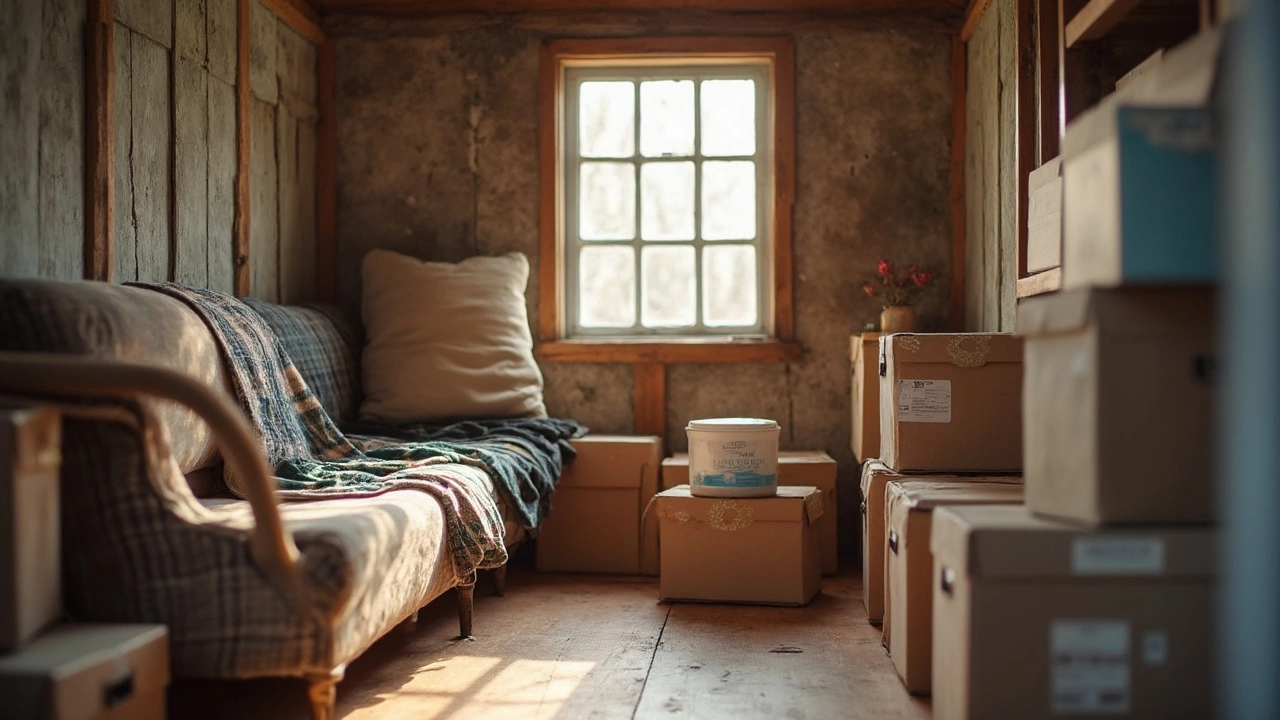Moisture Absorber Guide: Keep Your Furniture Dry and Fresh
Ever walked into a room and smelled that musty, damp odor? Chances are moisture is hiding in your furniture or walls. A little extra humidity can cause mold, damage wood, and make cushions feel soggy. The good news? Simple moisture absorbers can fix that problem fast, and they’re often cheap or even DIY.
Why Moisture Matters for Your Home
Furniture made from wood, fabric, or leather loves dry air. When humidity climbs above 60%, wood can swell, leather can crack, and fabrics can develop mildewy spots. It’s not just an eyesore—mold spores can trigger allergies and make your living space feel unhealthy. By keeping the air dry, you protect the look and lifespan of every piece, from a rustic oak table to a cozy sofa.
Top Natural Moisture Absorbers You Can Use Today
1. Chalk and Charcoal – Both are porous and pull moisture out of the air. Place a few bricks or bags of charcoal in a decorative box near your furniture. Swap them out every month.
2. Baking Soda – Sprinkle a thin layer in drawers, under cushions, or in closets. It absorbs dampness and also neutralizes odors.
3. Silica Gel Packets – Those little packets in new shoes work wonders. Keep a handful in wardrobe corners, under coffee tables, or inside storage chests.
4. Salt Containers – Fill a small jar with rock salt and cover it with a breathable cloth. Salt pulls water from the air without leaving a mess.
5. Plant-Based Desiccants – Dried lavender, cedar shavings, or pine needles add a pleasant scent while soaking up humidity.
All these options are inexpensive and easy to replace. They’re also safe around pets and kids, which fits our socially conscious, eco‑friendly vibe.
If you prefer a ready‑made product, look for moisture absorber packs labeled “non‑toxic” and “rechargeable.” Many brands let you dry them in the oven for a quick reset.
Where to Position Moisture Absorbers for Maximum Impact
Think about where dampness builds up:
- Under sofas and cushions, where spills can linger.
- Inside wooden cabinets and bookshelves.
- Near windows that don’t seal well.
- In basements or ground‑floor rooms.
For larger rooms, a couple of larger boxes or a commercial dehumidifier works better. Dehumidifiers pull a lot of water but cost more to run. Combine them with the natural absorbers for a balanced approach.
Maintaining Your Furniture After Using Moisture Absorbers
Once the air is drier, give your furniture a quick clean. Wipe wood with a dry cloth, vacuum fabric cushions, and check leather for any spots that need a conditioner. Regularly rotate cushions and fluff pillows to let air circulate.
Don’t forget to check the absorbers every few weeks. If they feel damp or heavy, replace or recharge them. A little maintenance keeps the whole system working.
By using these simple moisture absorbers, you protect your rustic furniture, save money on expensive replacements, and keep your home feeling fresh. It’s a small habit that makes a big difference.
Best Moisture Absorber for Storage Units: What Actually Works?
Worried about humidity ruining your stuff in a storage unit? This article breaks down the most effective moisture absorbers to keep your belongings safe from mold, mildew, and odors. See which products actually work, what to avoid, and a few tricks that most people forget. Whether you're storing old furniture or winter clothes, this guide helps you choose the right solution the first time. Save time, cash, and headaches by getting the facts upfront.
More
